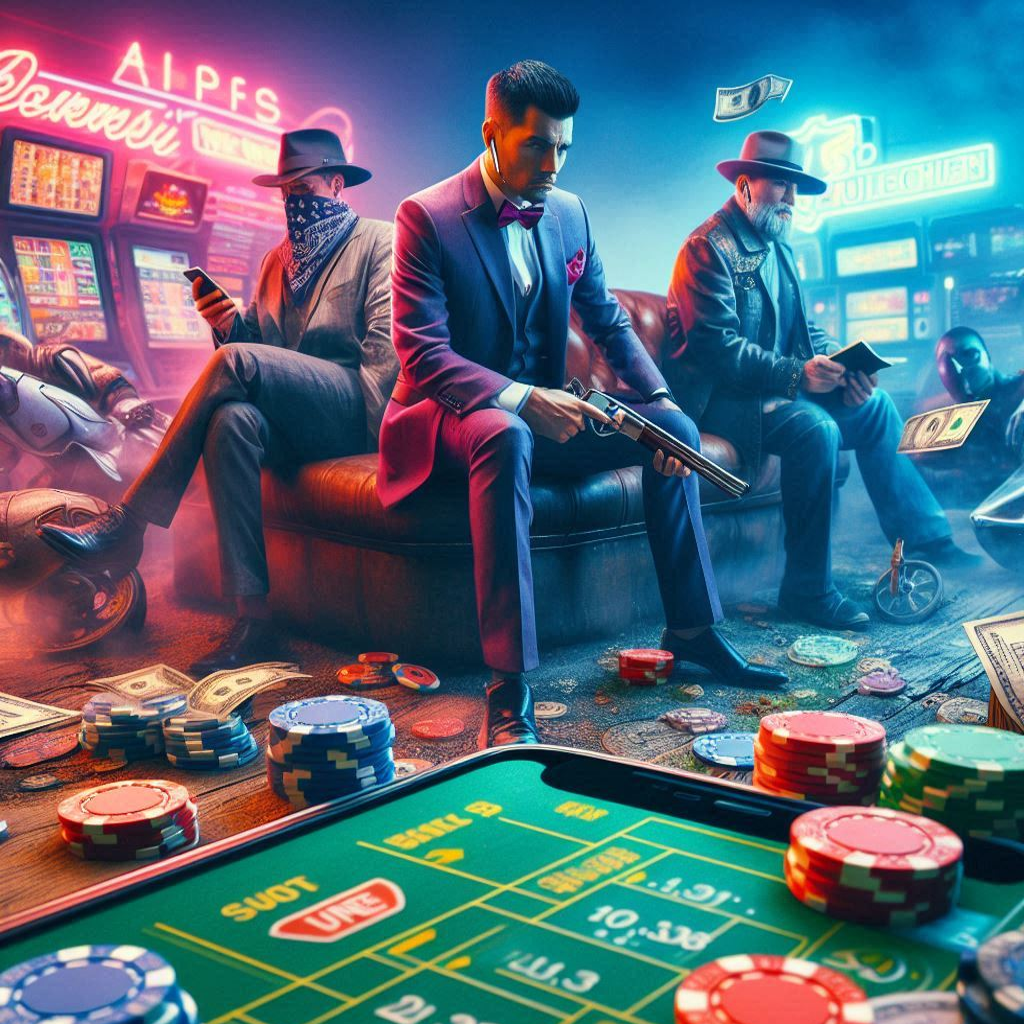Mystery boxes are like surprise gifts that you can find in games or apps. They create a fun and exciting moment when you open them, making you feel happy and curious about what’s inside. This idea is very popular in creating good user experiences (UX). UX is how people feel when they use a product or service. It includes everything from colors to sounds to how easy it is to navigate.
When a mystery box is designed well, it makes you feel anticipation, which is the feeling of waiting for something exciting. This feeling makes you want to keep playing or using the app because you never know what you might get. Some mystery boxes might even include extra bonuses that can help you in the game or app, like special items or points. These bonuses make you feel like you got something extra for just trying the game.
To make it even more fun, some mystery boxes can have different levels of rarity. Rarities are how often something appears. For example, a common item is easy to find, while a rare item is hard to get. When players know there are rare items in the boxes, they feel more excited about opening them. This is all part of creating a great UX that keeps users engaged and happy.
In summary, mystery boxes with fun surprises and bonuses help build anticipation and create a better experience for users. They make using apps and games more enjoyable, turning simple moments into exciting adventures.
Mystery Boxes and User Experience (UX)
Mystery boxes are a popular trend in various industries, especially in gaming, e-commerce, and mobile applications. They create excitement and anticipation among users. A mystery box is a product or reward that a user can acquire without knowing its contents beforehand. This element of surprise can enhance the user experience (UX) by making interactions feel more rewarding.
Understanding User Experience (UX)
User Experience (UX) refers to how a user feels when interacting with a product, system, or service. A positive UX leads to increased satisfaction, engagement, and loyalty. It involves factors like usability, accessibility, and pleasure provided by the interaction with the product.
How Mystery Boxes Function
Mystery boxes leverage psychological principles to build anticipation. Users are drawn to the idea of receiving something unexpectedly valuable. When a mystery box is opened, the result can be thrilling or disappointing, which adds to the overall experience.
Key Elements of Mystery Boxes
- Surprise: The unknown nature of the contents generates excitement.
- Anticipation: Users build expectations based on previous experiences or marketing.
- Reward: Receiving something unique can make users feel appreciated and valued.
“The thrill of unboxing a mystery can create a memorable emotional experience for users.”
The Role of Anticipation in UX
Anticipation is a powerful emotion that can significantly enhance user engagement. Users often return to a platform or product that successfully creates a sense of expectation. This can lead to increased participation and loyalty.
Mechanics That Build Anticipation
- Progression Systems: Users unlock mystery boxes as they achieve milestones, fostering a sense of accomplishment.
- Random Rewards: Users are motivated to come back for a chance at exclusive or rare items.
- Social Proof: Showcasing other users’ successes can ignite competition and enhance the desire to participate.
Challenges with Mystery Boxes
Despite their effectiveness, mystery boxes come with challenges. Users may feel frustrated if they frequently receive less valuable items. Poorly designed mystery boxes can lead to negative emotions, such as disappointment or regret.
Best Practices for Implementing Mystery Boxes
| Transparency | Clearly communicate the odds of receiving different items to manage expectations. |
| Quality Control | Ensure the items within the boxes provide true value to users and are not just fillers. |
| User Feedback | Regularly gather user feedback to understand what they value in mystery boxes. |
Real-world Examples of Effective Mystery Boxes
Various companies have successfully implemented mystery boxes to enhance user experience. For instance, gaming platforms often provide loot boxes that contain rare items, fostering excitement and engagement among players.
“Gaming companies know that the allure of the unknown can keep players returning for more.”
Conclusion
By understanding the principles behind mystery boxes and intentionally designing their user experience mechanics, companies can create engaging and rewarding environments. The thrill of anticipation keeps users coming back, leading to increased satisfaction and a loyal customer base.
What are mystery boxes in the context of UX?
Mystery boxes are interactive elements in user experience design that surprise users with unexpected rewards or content. They create a sense of excitement and anticipation, enhancing user engagement.
How do mystery boxes build anticipation?
Mystery boxes often utilize visual and interactive cues that make the experience feel important and thrilling. This can include animations, sound effects, or countdown timers that increase emotional investment and curiosity.
Can mystery boxes improve user retention?
Yes, by providing users with rewarding and surprising experiences, mystery boxes can create positive feelings towards the product or service, encouraging users to return in hopes of discovering more rewards.
What types of rewards can be included in mystery boxes?
Rewards may range from discounts and coupons to exclusive content or physical items. The key is that they should feel desirable and valuable to the user.
Are there any downsides to using mystery boxes?
While they can enhance user engagement, poorly executed mystery boxes may lead to frustration if users feel misled about the rewards or if the chances of receiving a desirable item are too low.
How can I effectively implement mystery boxes in my UX design?
Start by clearly communicating the value of the mystery box. Use engaging visuals and animations, and consider incorporating social proof, like testimonials or stats on other users’ positive experiences, to boost interest.
Is it important to offer mystery boxes consistently?
Yes, consistency is key in maintaining excitement and trust. Regularly providing mystery boxes can keep users engaged and looking forward to future interactions, but ensure that the frequency aligns with user expectations.
What psychological principles do mystery boxes leverage?
Mystery boxes tap into principles such as uncertainty, the thrill of the unknown, and the element of surprise. These principles can trigger positive emotional responses, making the experience more enjoyable for users.
Free Figma Components Library: Elevate Your Designs for FREE! #figma #designer | Rishabh K
Can mystery boxes be personalized for users?
Absolutely! Personalization can enhance user experience by offering mystery boxes tailored to individual preferences, making them feel more valuable and relevant to each user.
Are mystery boxes suitable for all types of products or services?
Not necessarily. Mystery boxes work best in contexts where users value surprise and delight, such as gaming, e-commerce, or subscription services. Evaluating the target audience’s preferences is essential before implementation.



